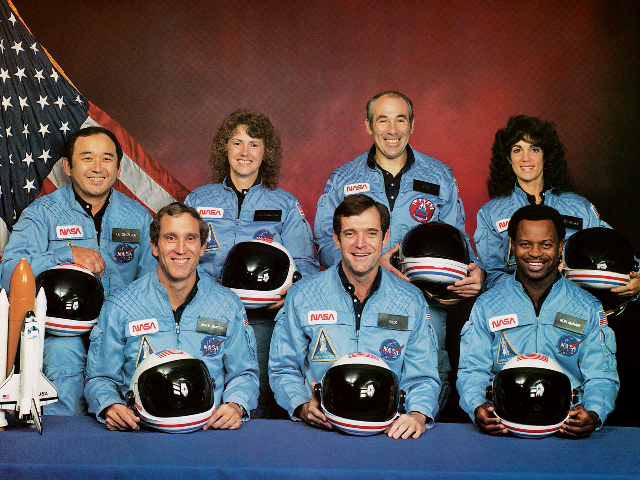Tuesday marks the 34th anniversary since the Space Shuttle Challenger exploded off Cape Canaveral in Florida, instantly killing everyone on board.
On the morning of January 28, 1986, one teacher and six astronauts prepared for takeoff on the Space Shuttle Challenger. At 11:40 a.m., 73 seconds after liftoff, the shuttle exploded and killed everyone instantly.
The space launch was unique because it contained one teacher selected as part of NASA’s Teacher in Space project to educate students around the world by filming demonstrations and experiments from space.
New Hampshire school teacher Christa McAuliffe was the first teacher to be selected to go to space under this program.
“McAuliffe’s lessons were lost for a moment, but not forgotten,” NASA wrote on its website.
NASA eventually disbanded the Teacher in Space program in 1990.
Astronauts Gregory B. Jarvis, Francis R. (Dick) Scobee, Judith A. Resnik, Michael J. Smith, Ronald E. McNair, and Ellison S. Onizuka also died in the tragic explosion.
An investigation found that unusually cold weather the morning of takeoff doomed the Challenger’s booster rockets, and a leak in the right booster also contributed to the shuttle’s downfall.
More than 10,000 NASA employees and guests attended a memorial service honoring the Challenger victims in the days after the explosion. Former President Ronald Reagan also addressed the nation regarding the Challenger tragedy.
“We’ve grown used to the idea of space, and perhaps we forget that we’ve only just begun. We’re still pioneers. They, the members of the Challenger crew, were pioneers,” Reagan said in his address to the nation.
“The future doesn’t belong to the faint-hearted. It belongs to the brave. The Challenger crew was pulling us into the future, and we’ll continue to follow them,” he added.
Another space shuttle would not take off for nearly three years after the Challenger tragedy.

COMMENTS
Please let us know if you're having issues with commenting.